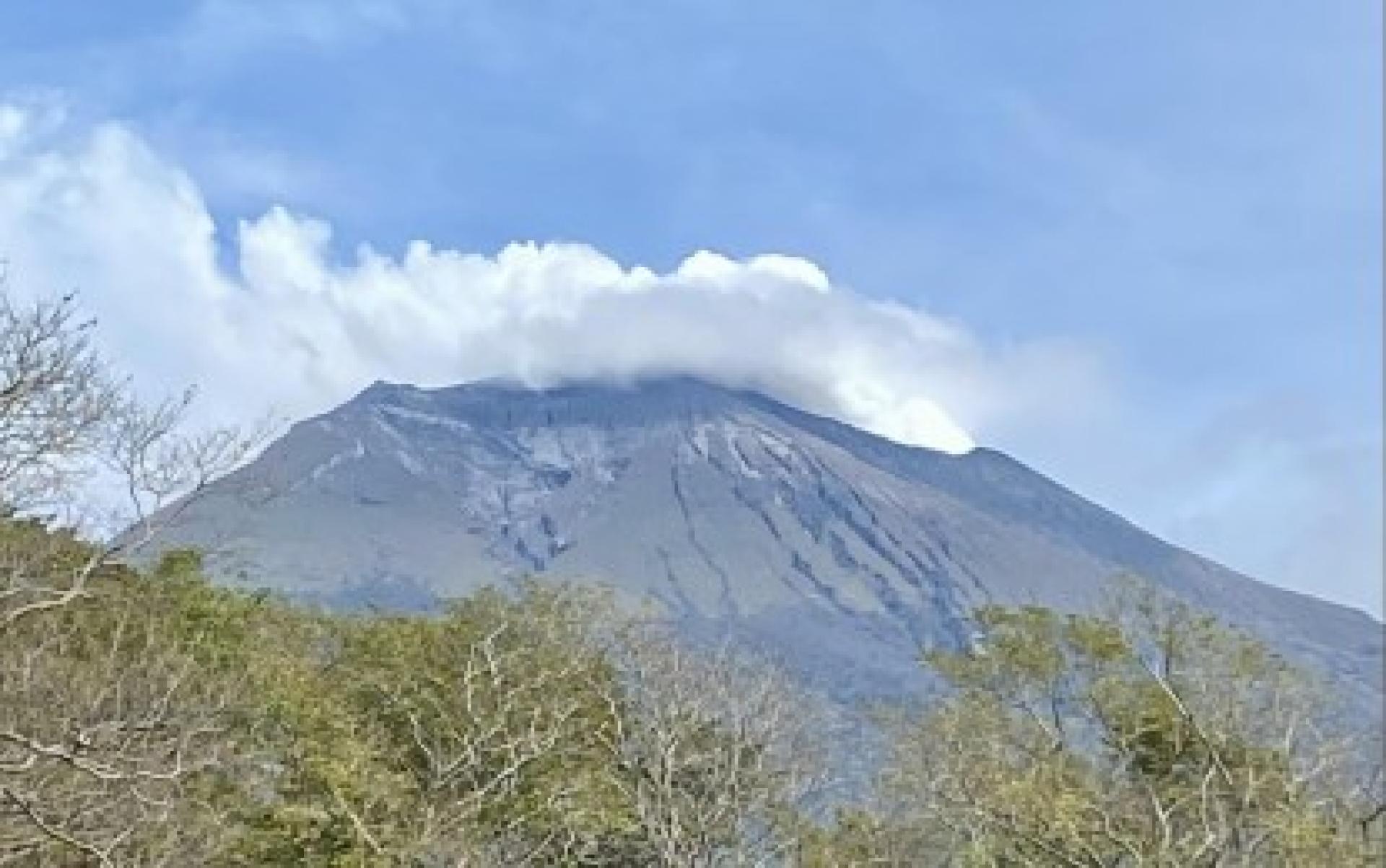(Manila, 30th) — The Philippine Institute of Volcanology and Seismology (PHIVOLCS) announced that due to the decreased volcanic activity, the alert level for Kanlaon Volcano on Negros Island has been lowered from Level 3 to Level 2. However, the public is still warned not to let their guard down.
PHIVOLCS reported last night that since the last eruption on May 13, seismic activity, gas emissions, and ground deformation at Kanlaon Volcano have all shown a marked decrease.
Data shows that from May 14 to July 29, only an average of 8 volcanic earthquakes were recorded daily, compared to a mid-term daily average of 14 from June last year to mid-May this year, indicating a clear mitigation.
Since October last year, Kanlaon Volcano has intermittently emitted volcanic ash, with the last ash emission occurring on June 5 this year. Since then, the crater's activity has shifted to static steam emission.
Meanwhile, sulfur dioxide emissions from May 13 to July 29 have also dropped to a daily average of 1,857 tons.
PHIVOLCS stated that the decrease in gas emissions may indicate a decreased supply of shallow magma gases or that the conduit has become sealed.
Despite the decline in volcanic activity, PHIVOLCS emphasized that the volcano is still in a disturbed state, and the lowering of the alert level does not mean the volcano has become completely quiet.
The institute warned that the 4-kilometer radius Permanent Danger Zone must still be kept evacuated, as sudden steam-driven explosions or brief eruptions could still occur, releasing pyroclastic density currents (PDCs), volcanic bombs, toxic gases, and deadly rolling rocks.
In addition, if volcanic unrest returns during heavy rainfall, there is a risk of volcanic mudflows or landslides. Authorities urge local governments to enhance early warning and evacuation drills.
PHIVOLCS also advised aviation units to avoid flying over the crater of Kanlaon Volcano, as sudden ash emissions could pose a serious threat to aircraft engines.
Data shows that from May 14 to July 29, only an average of 8 volcanic earthquakes were recorded daily, compared to a mid-term daily average of 14 from June last year to mid-May this year, indicating a clear mitigation.
Since October last year, Kanlaon Volcano has intermittently emitted volcanic ash, with the last ash emission occurring on June 5 this year. Since then, the crater's activity has shifted to static steam emission.
Meanwhile, sulfur dioxide emissions from May 13 to July 29 have also dropped to a daily average of 1,857 tons.
PHIVOLCS stated that the decrease in gas emissions may indicate a decreased supply of shallow magma gases or that the conduit has become sealed.
Despite the decline in volcanic activity, PHIVOLCS emphasized that the volcano is still in a disturbed state, and the lowering of the alert level does not mean the volcano has become completely quiet.
The institute warned that the 4-kilometer radius Permanent Danger Zone must still be kept evacuated, as sudden steam-driven explosions or brief eruptions could still occur, releasing pyroclastic density currents (PDCs), volcanic bombs, toxic gases, and deadly rolling rocks.
In addition, if volcanic unrest returns during heavy rainfall, there is a risk of volcanic mudflows or landslides. Authorities urge local governments to enhance early warning and evacuation drills.
PHIVOLCS also advised aviation units to avoid flying over the crater of Kanlaon Volcano, as sudden ash emissions could pose a serious threat to aircraft engines.
